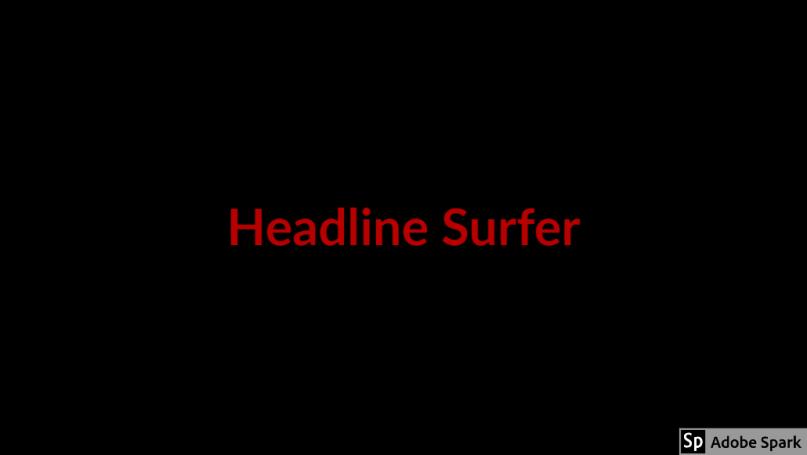
As I have been advising you the cold water upwelling is now here in full bloom. It extends well offshore all the way to turtle mound. This upwelling will make some fish will lie virtually motionless like in a hypnotic state while other fish will move to warmer waters.
A lot of mullet are reportedly in the surf. Anglers fishing the surf and piers have been catching bluefish, whiting, black drum, flounder and sharks (particularly bonnet-heads). Around the inlet there are a lot of barracuda. In the creeks and lagoons, redfish (some of significant size) and trout are being caught. Some tarpon are also being caught sporadically. There have also been a lot of catches of non-edible lizardfish (poor taste and bony – thought to be a nuisance fish).
Fishermen in the Halifax River are reporting catches of sheepshead, gray snapper, redfish, trout. and flounder. In the Tomoka basin there is some fish action but nothing to brag about.
However, in the Tomoka River, there has been great redfish action with some fish in the 30 inch range. The redfish are feeding on fingerling mullet but will gladly take a juicy shrimp if you toss one to them. Flounder are also active.
Lobster seasons about to begin
Recreational and commercial harvest seasons for spiny lobster in Florida are set to reopen soon. The special two-day spiny lobster sport season comes first, July 27 and 28 this year, followed by the regular lobster season Aug. 6 through March 31.
The special two-day sport season occurs on the last consecutive Wednesday and Thursday in July each year to let recreational harvesters collect spiny lobsters before commercial lobster traps are placed in the water on Aug 1. Recreational fishers must have a saltwater fishing license and a spiny lobster permit to harvest spiny lobsters, unless they are exempt from the recreational license requirements.
Harvesters also must make sure their spiny lobsters have a carapace length greater than 3 inches to take them, and divers must possess a measuring device and measure all lobsters while in the water. During the two-day spiny lobster sport season, divers and snorkelers are allowed to take up to six lobsters per person daily in Monroe County and Biscayne National Park waters and 12 lobsters per person daily in other Florida waters.
Lobster fishermen may possess no more than the daily bag limit of lobsters when on the water. When lobster fishers are off the water, they may possess the daily bag limit on the first day and double the daily bag limit on the second day. Possession limits are enforced on and off the water during the two-day sport season.
During the Aug. 6 through March 31 regular season, the daily recreational bag and on-the-water possession limit is six spiny lobsters per person.
Night diving for spiny lobsters during the two-day sport season is not allowed in Monroe County, and all harvest of lobsters is prohibited in John Pennekamp Coral Reef State Park during the two-day season. If you are diving in Monroe County be sure to download the lobster fishing brochure at http://floridakeys.noaa.gov/regs/mc_lobster_2010.pdf.
Lobster harvest is also prohibited at all times in Everglades National Park, Dry Tortugas National Park, Biscayne Bay/Card Sound Spiny Lobster Sanctuary, certain areas in Pennekamp Park, and no-take areas in the Florida Keys National Marine Sanctuary. Divers and snorkelers are required to display a "divers-down" flag (red with a white diagonal stripe) while in the water.
Divers-down flags displayed on vessels must be at least 20 inches by 24 inches, and a stiffener is required to keep the flag unfurled. Dive flags carried on floats must be at least 12 inches by 12 inches. More information on divers-down requirements
on divers-down flag requirements
